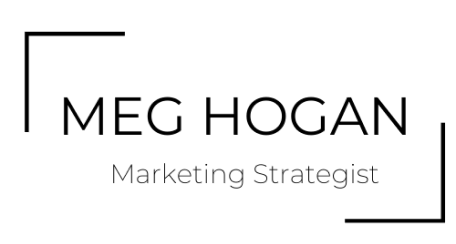Advertising is accessible to business owners now more than ever thanks to our friends at Google and Facebook. Which means small business owners and entrepreneurs everywhere can throw their hat in the ring.
It also means it's very easy to blow through a lot of money, very quickly, if you don't set up your ads right. Here are some quick tips if you're just getting started with social media advertising:
#1: Set a spending limit for your social media advertisements
Facebook, Twitter and Pinterest advertising platforms can seem like a lot to take in, but they’re modeled off one of the original digital advertising platforms: Google AdWords.
So they have spending limit options built in so you don’t blow through $10,000 in one day. As a business owner, entrepreneur or marketing manager, you have the power to make these caps as big or little as you want.If you’re just starting to use social media for advertising, start small with your daily spending budget. Use A/B testing (see below ) to get an idea of what image/copy/headline/call to action combination leads to the best conversion (i.e. clicking on the link that goes to your website/landing page).
#2: A/B test
A/B testing, also known as “split testing,” means that you're running two different ads with a minor difference between the two - a different image, different headline, different copy - and seeing which one performs better.
According to Harvard Business Review, this concept has been around since the early 20th century and is a go-to method for business owners, scientists and experimenters to determine – statistically – what their best decisions are. As you manage your social media, it's in your best interest to always use A/B testing.
Always.
Your audience changes preferences, social media channels change their algorithms (ahem, Facebook) and no matter how long you're in business, not matter how many A/B tests you run, you can always optimize your advertising and marketing and money.
Here’s an example of A/B testing on the Ikea Twitter feed:
#3: Get inspiration from your top-performing posts
“Top performing” posts could mean something different to everyone: the metric you choose to measure this with depends on your goals for your business.
In general, you can rely on these:
The golden metric that could help you develop better content for your followers is engagement.
The best metric for figuring out the number of times your content is viewed is impressions.
Engagement helps you understand if your audience likes and values your content.
Impressions help you understand how far your net is cast – which you care about because it can take six to eight “touches” with a customer to create a viable sales lead.
Use the posts with the highest organic engagement to help you figure out what you should include in you’re A/B testing.
#4: Keep track!
Between Facebook, Twitter and Instagram, data can disappear or not be easy to find six months after the fact, so be sure to keep your own records of your pages, posts and advertisements.
You'll thank yourself later.
You can do this by using a tool like Microsoft’s Power BI, a Google Sheet or an Excel document.
Here's an example of an Excel template if you want to get an idea of how to structure your advertising data.
#5: Make sure your marketing and advertising is tied to your business model
This may go without saying, but make sure your marketing and advertising align with your business model.
For example, if you're trying to sell 1,000 widgets, set up an advertisement to direct traffic to your widget webpage (not your homepage or a blog). White board or sketch out the user experience - with your ads included! - to make sure you have all the pieces in place.
Advertisements with no conversion metric or ways to sell or capture a lead will not help your business; instead, you're giving money to Facebook, Twitter or Pinterest and not seeing results.
Or, if you don’t have your business plan documented yet, there are plenty of business canvases available that you can fill out – which will include the channels you plan to use for marketing – and these are always a good gut check to make sure all the pieces of your business fit together.





